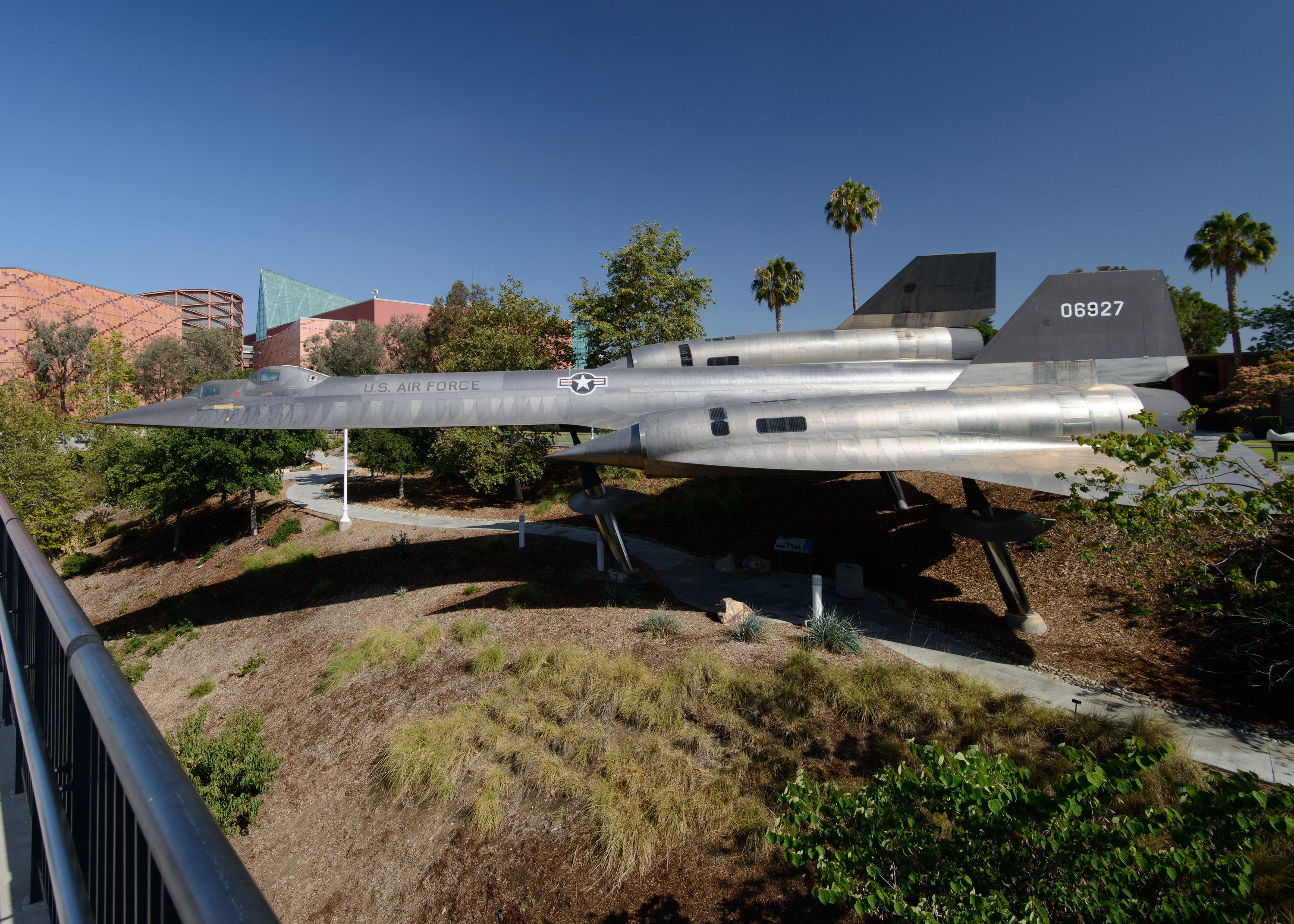I've got some experience with the MiG-25.
Designed in the early 1960s as a defensive response to the XB-70 (a Mach 3 bomber), the MiG-25 was intended as a high speed interceptor only. The airframe made extensive use of stainless steel for heat resistance, which made it heavy. The Russians considered the use of titanium, but it was expensive and difficult to machine, so steel was chosen.
It's a big airplane, over 70,000 lbs, with huge engine inlets optimized for high Mach flight.
The Tumansky R-15 engines are horrible fuel-guzzlers at low speed and altitude but their low compression ratio allows them to operate at high Mach in combination with the engine inlets. Flight is limited to 2.8 Mach due to total air temperature (free stream energy of the air, raised by speed) and the engine turbine temperature, but the airplane could go considerably faster, if you were willing to overtemp the engines.
When it first flew in the early 1960s, we believed that it was a maneuverable fighter, and the F-15 was built in response.
But the airplane was a big, lumbering interceptor, and at maximum weight, could only pull 2.3 G. About the same as the Boeing 737, or any other airliner, for comparison. It is not a fighter, it simply doesn't have the lift, or the airframe strength, to turn hard like regular fighters.
Its weaponry was designed to kill supersonic bombers. The AA-6 missile was quite similar in size and lethality to the AIM-54 (and both were based on the earlier AIM-47 proposed by Hughes). The radar had no "look down" capability. It did not do well seeing a fighter, or any other target, below it. It was intended to find a huge bomber that was flying above it, against a clear, uncluttered background, not a smaller target against the clutter of ground return. The radar itself used vacuum tubes and alcohol (ethanol) for cooling to manage the extremes of heat from high speed flight. Maintenance crews tended to drink the alcohol, so radar reliability was a bit of a problem.
A MiG-25 famously overflew Israel in the late 1960s, so fast that it could not be caught by Israeli interceptors (F-4 Phantoms) which prompted Israel to buy the F-15.
We did not realize the airplane's limitations: temperature, G load, maneuverability, radar, until 1976, when Victor Belenko flew his MiG-25 to Hakodate, Japan and defected. We were surprised the airplane's many limitations.
It remains one of the fastest airplanes ever built, even with those limitations.
Victor Belenko wrote a book, "MiG Pilot" about his experience in the Soviet Air Force and his flight to Japan. I recommend it.
When Victor was at Oceana in the late 1980s, I heard him speak, had a few beers with him at the O'Club, and got him to autograph my copy of that book.
When Victor was briefed on the F-14, its maneuverability, speed, and its AIM-54 missile system (with long range and simultaneous shot capability), he knew the Soviet Air Force couldn't compete. The intelligence officer who briefed them said that, "It may be possible to overwhelm the F-14 with numbers", meaning, against a pair of F-14s, send up dozens of MiG-25 fighters to get shot down, with the hope that a few would survive once the F-14s ran out of missiles. It was this brief on the F-14 that was part of his decision to defect.
It is believed that LCDR Scott Speicher was shot down by a MiG-25. There is more to that story, and to US combat experience with the airplane, but in deference to "Spike", and to the friends I have who were on that mission, not to mention classification, we will leave that discussion for another day.


